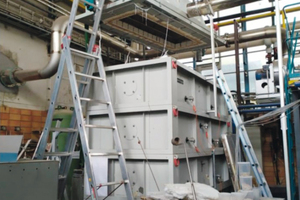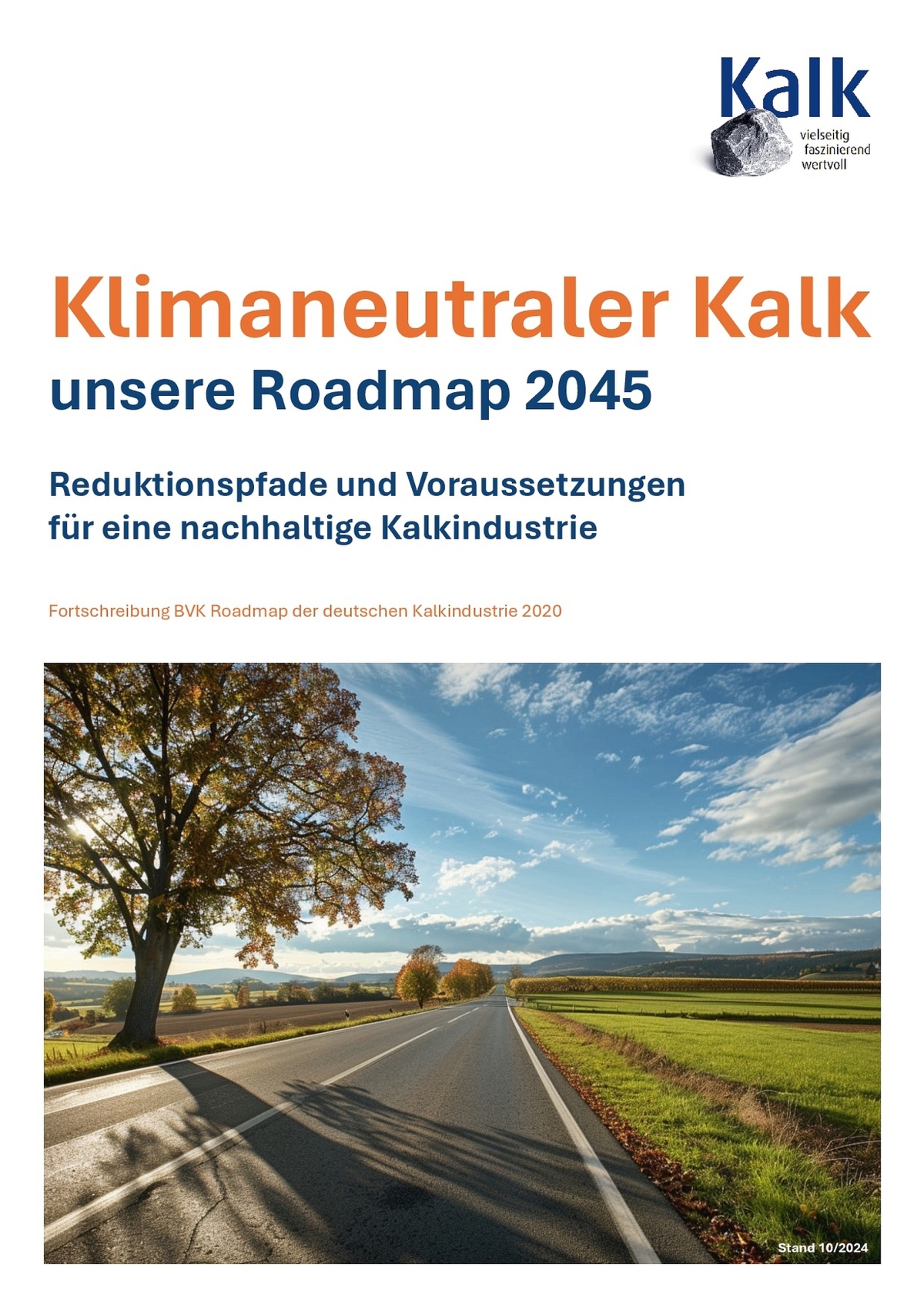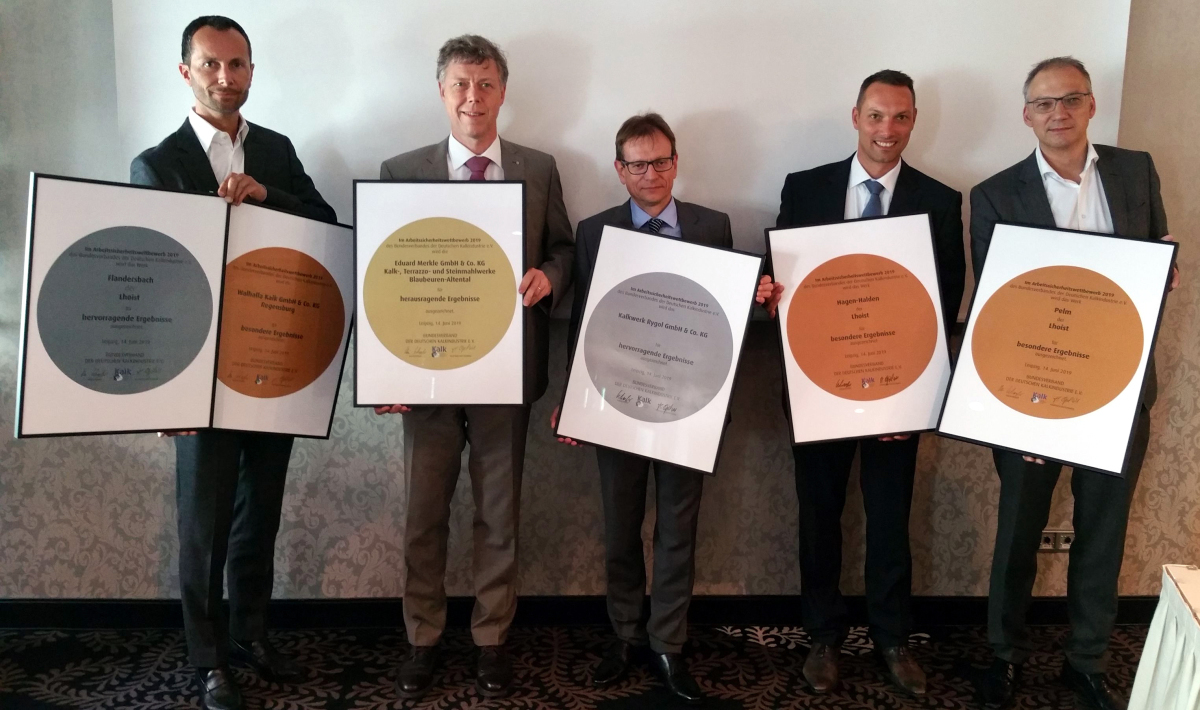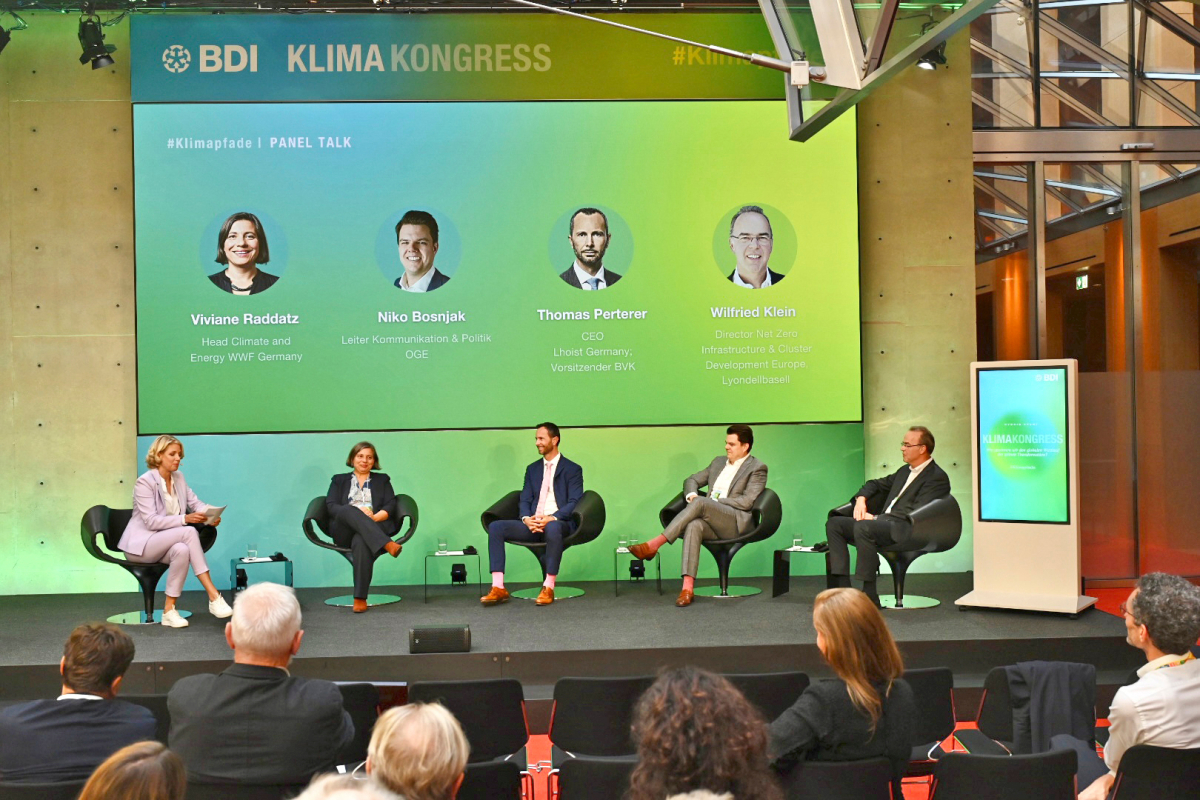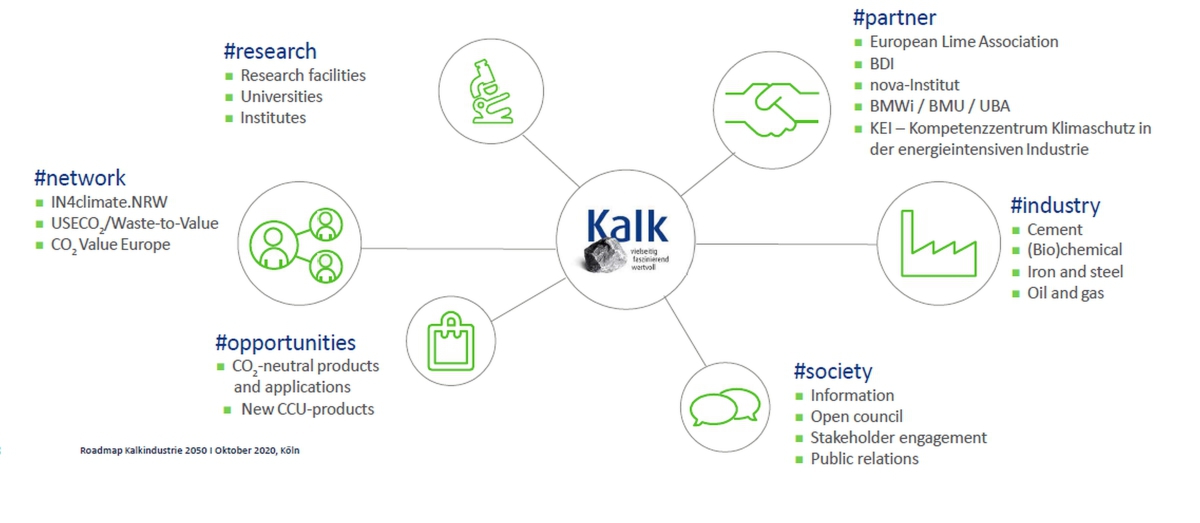Lime-based solid-bed reactor for CO2 separation from exhaust gases
In the course of the national climate protection plan, a nearly CO2-neutral industry is planned by the year 2050. This means a reduction of CO2 emissions by 30% per decade from today (source: National Energy and Climate Plan). As an indispensable primary industry, the lime industry is responsible for about 1.5% of the CO2 emissions of the German energy and industrial sector (UBA Inventory Report, 2017). About 2/3 of the CO2 here is raw material-related and cannot be avoided by using renewable energies in the combustion process. A CO2 separation with subsequent recycling (CCU) according to the idea of circular economy or, if unavoidable, CO2 storage (CCS) is thus the declared goal to fulfill the German climate protection plans.
In order to achieve this goal, a fixed-bed reactor is being developed within the framework of the AiF-IGF project 21261 BG, with which CO2 can be separated from exhaust gases in a much more energy-efficient manner than with known processes. The basic idea of this process is that the reaction enthalpy released during exothermic CO2 uptake when flowing through a lime-based solid-bed reactor is directly reused for endothermic calcination (CO2 release). The problem is the second law of thermodynamics, which states that heat flows only from higher to lower temperature. As a consequence, the temperature range for carbonization must be raised and that for calcination lowered. For this purpose, the exhaust gas is compressed and the carbonization (CaO + CO2 → CaCO3) is carried out under positive pressure. Calcination (CaCO3 → CaO + CO2) is carried out accordingly under negative pressure. The condition must always be that the CO2 partial pressure during carbonization is above the CO2 partial pressure during calcination. In the experiments, up to 600 alternating cycles were carried out without any decrease in CO2 absorption.
Compared to previous calcium looping processes, this both avoids dead burning and reuses the reaction enthalpy, eliminating oxyfuel firing for calcination and inefficient power generation during carbonation. Rough calculations show that the energy input for this process is only about 20% of the energy input for the previous calcium looping process based on fluidized bed technology. This will therefore result in relatively low operating costs.
Three research centers are involved in the AiF research project. At the Chair of Thermodynamics and Combustion at the Otto von Guericke University Magdeburg, the reaction kinetics of dolomite/limestone particles of various origins are being investigated in a laboratory kiln. The reaction kinetics determine the loading and unloading duration as well as the upper and lower temperature range. The higher the range, the higher the CO2 capture efficiency and the less material is required. The optimum particle size must also be investigated. The smaller the stones are, the larger the reactive surface area. The larger the stones are, the lower the pressure loss in the packed bed. Experimental investigations of heat transfer and kinetics in a semi-industrial reactor are being carried out at the Chair of Technical Thermodynamics at the Otto von Guericke University Magdeburg. The distribution of temperature and CO2 concentration is measured. The results obtained will be used in the work at the Chair of Energy Systems and Energy Process Technology at the Ruhr University in Bochum. There, a transient process model for the reactor will be created, whereby, among other things, reactor size and pressure loss will be determined.
The IGF project 21261 BG of the Research Association for Lime and Mortar (Forschungsgemeinschaft Kalk und Mörtel e.V.) runs until 2022 and is funded by the German Federal Ministry for Economic Affairs and Energy via the German Federation of Industrial Research Associations (AiF) as part of the program for the promotion of joint industrial research (IGF) on the basis of a resolution of the German Bundestag.

